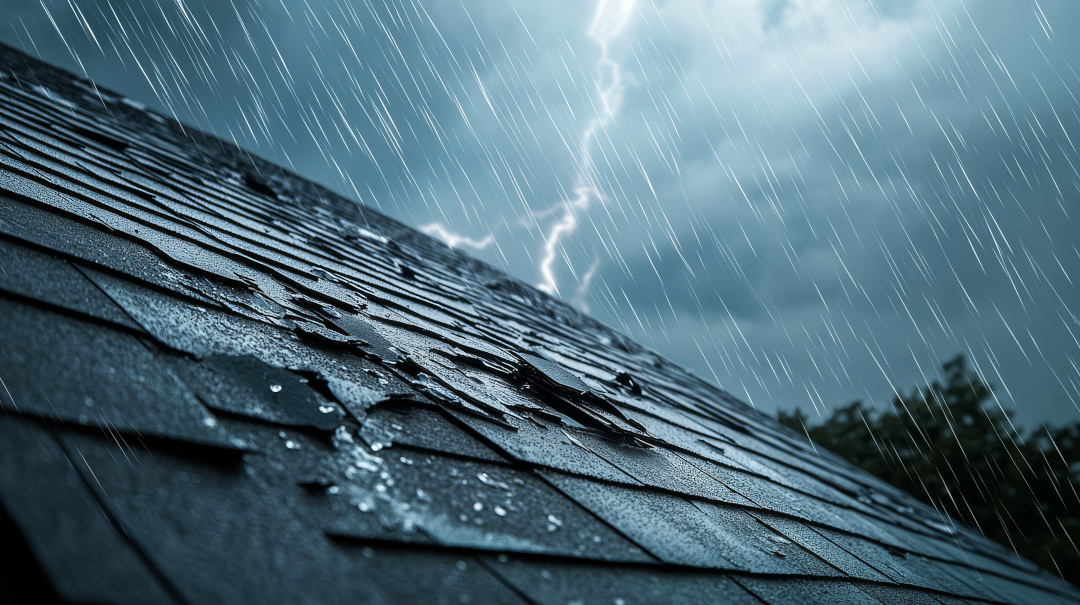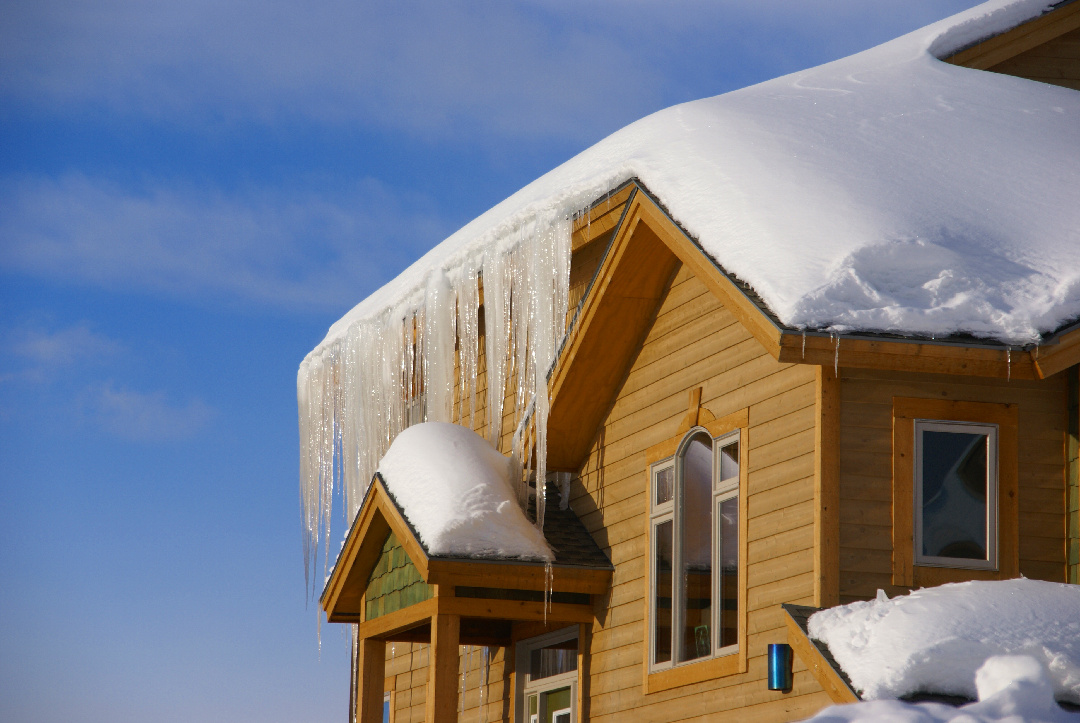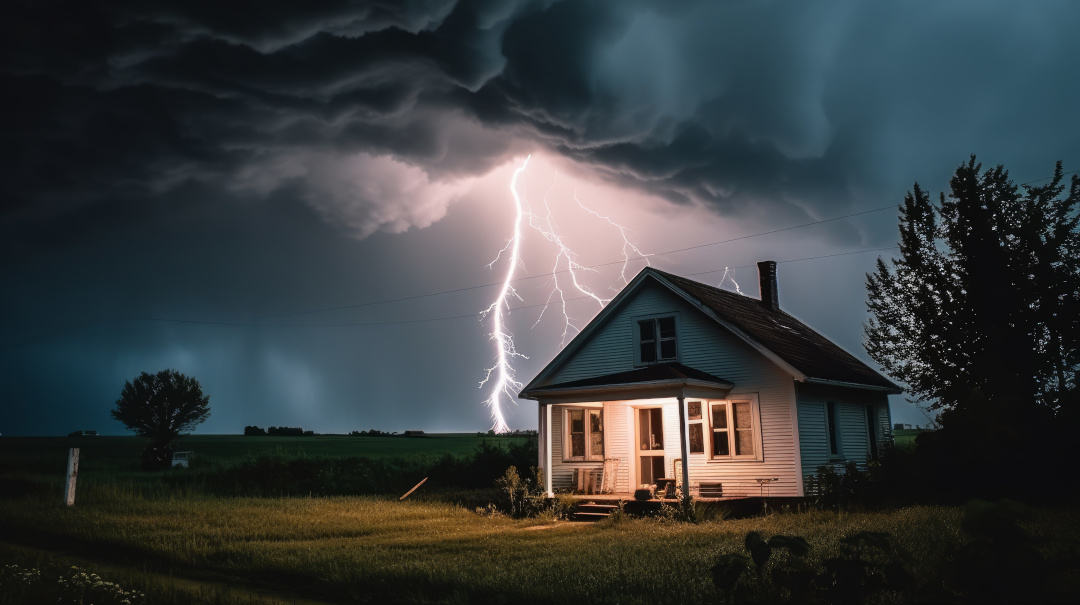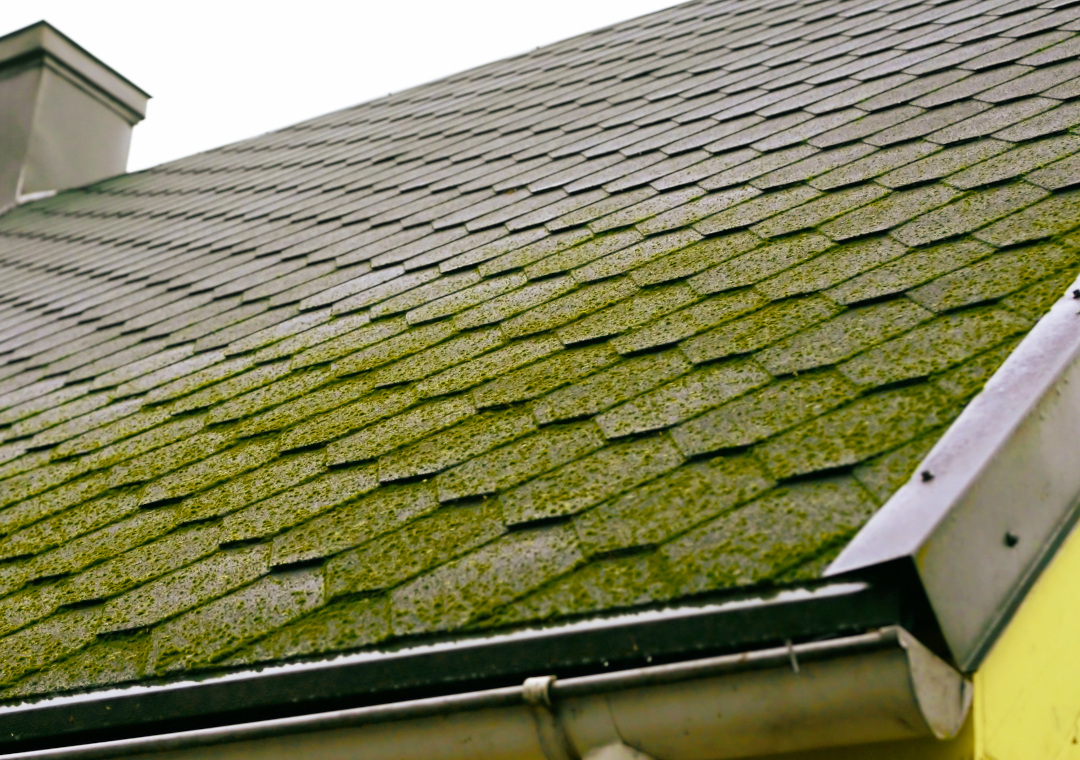
Learn how to recognize and prevent roof damage from sudden spring storms. Ice dams are a common result of a drop in temperature and need to be addressed as soon as possible.
In the Midwest, weather is known to be unpredictable. As soon as it seems like chilly weather is disappearing and spring is knocking at the door – a surprise winter-like storm hits. A storm of any kind can cause serious damage to your roof, but unseasonal snow, ice, and freezing temperatures followed by warm spring conditions gives homeowners one more thing to watch.
What can you do about unexpected storms, and how can you make sure your roof stays safe?
Spotting Damage After a Sudden Storm
Once a storm blows over, the first thing you’ll want to do is check inside and outside for potential problem areas. Snow can overload your roof with its weight, causing stress on structural points. Melted water from the snow can also easily form leaks or ice dams.
When performing interior and exterior inspections, look for these issues:
• Leaks
• Broken shingles
• Sagging moisture spots on ceiling
• Mold / rot
• Ice dams
Ice dams in particular are hazardous for the physical condition of your roof and need to be taken care of right away when spotted.
Ice Dams
How are ice dams formed?
During a winter storm, snow and ice tend to build up on your roof. As it sits, snow on the main portion of the roof gets heated up by the sun and interior temperature. In order for an ice dam to develop, the roof must be warmer than 32°F, but the outside temperature must stay below freezing.
The warmth escaping the attic melts snow, causing water to trickle down toward the bottom edges of the roof where there is less heat. The water then refreezes and creates a large chunk of ice blocking up the gutter.
Why are ice dams a problem?
While sparkling icicles are picturesque, they are unfortunately a sign of an ice dam buildup.
The ice blockage can cause water from melting snow to back up underneath shingles and cause several problems, such as: structural damage, warped floors/ceilings, impact on attic insulation, and mold/mildew. In addition, the weight of the ice can tear gutters off your roof or cause shingles to chip and detach.
How to fix ice dams
• A temporary DIY method requires you to rake the snow off your roof so there is limited water running down toward the ice dam. If there is an interior attic leak, point a box fan at it so the water freezes and gives you time to assess and fix the problem.
• A chemical ice melting substance such as calcium chloride can help you eliminate ice. Fill a sock or pantyhose with the chemical melter and place it over the ice dam along the edge of the roof.
• Call a professional. Never try cutting away an ice dam yourself – you’re more likely to hurt yourself and/or damage your roof.
How to prevent ice dams
Preventing an ice dam from forming in the first place is the ideal situation. Don’t wait to take precautions or you may find yourself faced with additional damage.
• Use or repair insulation to prevent ice buildup. Ice dams begin through interior heat leaking through the roof, so sealing the heat inside will reduce the risk of ice formation.
• Ensure proper ventilation to give warm air a place to escape before heating up the roof.
• Remove snow off your roof after every storm with a long roof rake.
• Consider metal roofing quickly, which quickly melts snow and allows it to slide off the roof.
• Place heat cables in a zigzag pattern along the edge of the roof to heat up any ice dam problem areas.
Does your roof need repair or maintenance after weathering the winter months? Call one of our roofing experts today at 937-298-8664 for a free roofing consultation and estimate. If you need a new or replacement roof, utilize our roof calculator for an estimate.

Essential Roofing Considerations for Springboro, Ohio Homeowners

The Cost of Neglect: Why Year-Round Roof Maintenance Saves Money

Understanding & Preventing Ice Dams to Protect Your Home

Storm Chasers & Insurance Trends: What Homeowners Need to Know

